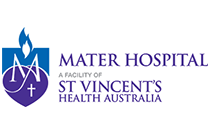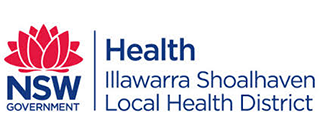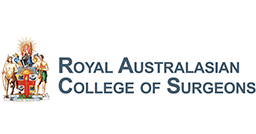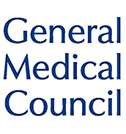My Surgery
What time do I need to arrive at the hospital?
You will be informed of your arrival time by the hospital a few days prior to your operation day. It is usually a couple of hours before the expected operation time, but may be earlier to allow for potential theatre list changes.
Do I need to be fasted?
Yes. You will be told when you need to be fasted from. If you are having your surgery in the morning you will need to fast from midnight. If your operation is due in the afternoon, you will normally be allowed a light early breakfast around 0600.
Fasting is extremely important. Food in the stomach can spill into the lungs during an anaesthetic causing severe damage and life threatening respiratory conditions. Fasting means NO FOOD OR DRINK. The anaesthetist MAY allow you to drink CLEAR FLUIDS up to 2 hours before your operation. This means tea/coffee without milk, and water.
What happens when I get to hospital?
You will be admitted by the theatre reception nurse who will check you are all ready to proceed. Your details, planned procedure and consent are all checked. You will then need to shower (if having a joint replacement) and get into your theatre gown and onto your bed. Your surgical site will then be prepared with shaving of hair and cleaned with special surgical fluid. The limb is then wrapped in clean wrappings. All of this is done to reduce the risks of infection.
Dr. Thornton-Bott will then come and see you to make sure you are ready and answer any last minute questions you may have. He will also mark the operative site with a marking pen so that everyone is aware of which part of the body is being operated on. You will also meet the theatre nurse who will confirm your details and what operation you are having prior to you going round to the operating theatre.
You will then be taken on your bed to the anaesthetic bay just outside the operating theatre. Here you will meet your anaesthetist and anaesthetic assistant. They will discuss with you the anaesthetic you are going to have. If you are having a joint replacement his will usually be a spinal anaesthetic with mild general anaesthetic (GA) or just a GA. If you are having a smalls surgery you will usually have just a GA. This will be a decision you make with the anaesthetist. Some patients, for example those who have had previous spinal surgery, may not be suitable for a spinal anaesthetic. The anaesthetist will insert a cannula (a small needle) into a vein on your hand or arm for venous access. The spinal usually involves you sitting up. Once the spinal is in, you will again lay down and wait for a few minutes until the spinal has begun to take effect and your legs will feel numb.
(NB. The spinal may be performed in the anaesthetic bay outside of the operating theatre. The GA will ALWAYS take place in the theatre itself.)
Once the spinal is in you will likely require a urinary catheter. The spinal means you will lose control of your bladder function temporarily and so the catheter is important, but only stays in overnight. Please make sure you inform the person performing the catheter if you have trouble passing water or have had prior surgery in this area. Sometimes the catheter needs to be inserted by a urologist.
You will then be taken through into the operating theatre. Here you will be transferred onto the operating table, made comfortable and warm. The operating room is big and bright, and there is often a lot going on. The anaesthetic team will be getting you ready for your GA. The theatre scrub nurses will be setting up the instrumentation for your operation and the surgical team may be discussing your case. Dr. Thornton-Bott teaches junior surgeons and other doctors and this extends into the operating theatre. There may be several junior doctors in the room as well as the occasional medical student.
Dr. Thornton-Bott enjoys music whilst operating and so there may be music playing in the background! He has an eclectic taste!
You will then be given your GA. Once you are under, final positioning will take place and you will be supported with special bolsters and clamps to keep you stable and in one position during the operation.
Dr. Thornton-Bott will then perform a ‘Time Out’ before your operation begins. This is obligatory and a legality and is to ensure that everyone involved in the surgery is happy that we have the correct patient, are performing the correct operation on the correct part of the body, the correct side and that we have the correct equipment to perform the surgery.
Once everything is confirmed, the operation can begin.
When your operation is completed, you will be taken to Recovery where you will wake up. You will usually feel a little groggy initially, and a little confused. This is normal. Some people feel a little nauseous.
You will stay in the Recovery ward until you have fully woken and are comfortable and stable.
You will then be taken to the surgical ward if you have had major surgery and will be an in-patient for a few days, or to the discharge area if you have had minor surgery and are expected to go home.













